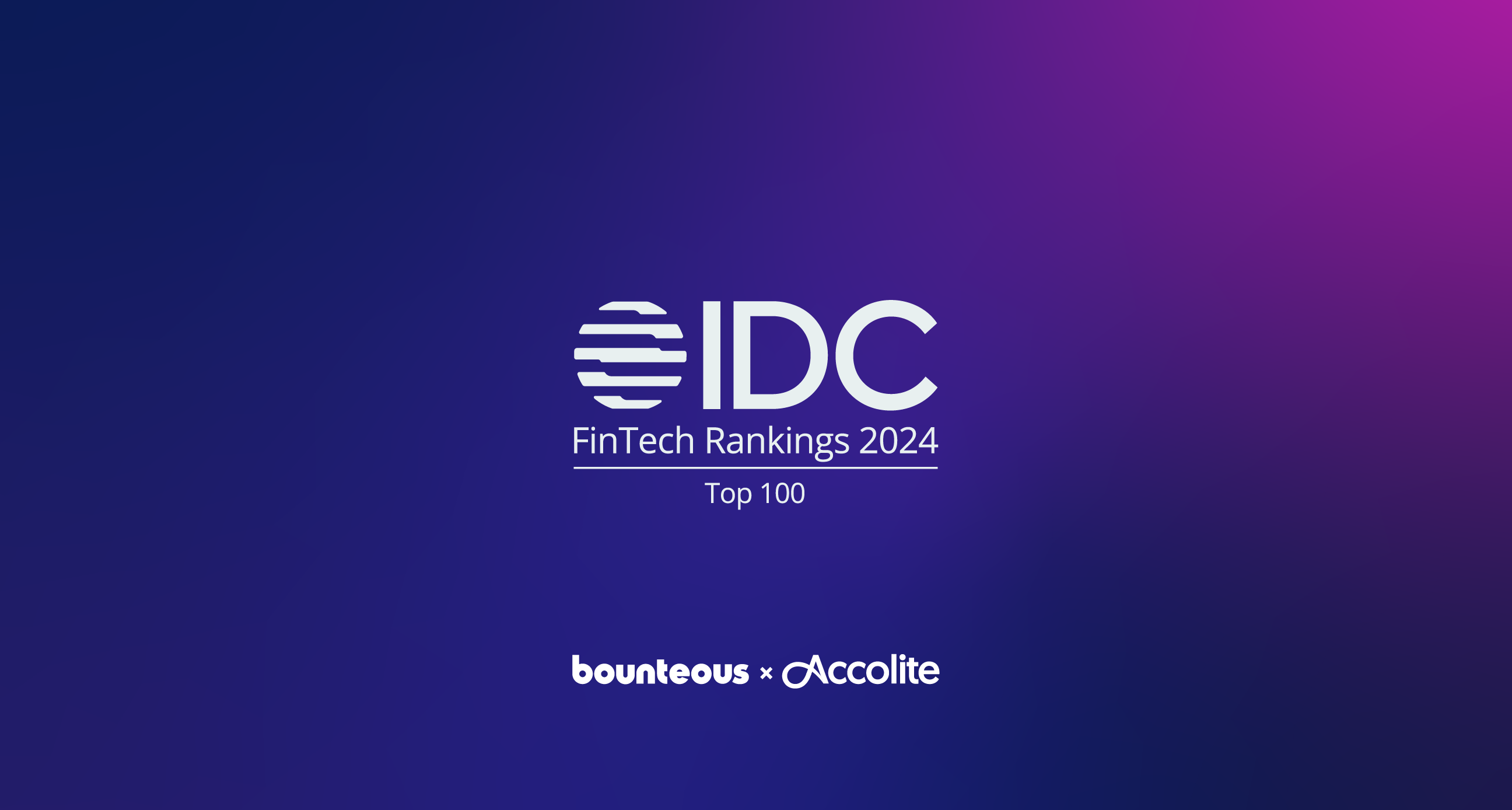Unlocking AI's Potential in Banking

Despite heavy investment in AI, most banks still fall short when it comes to truly personalizing their marketing. AI is transforming customer engagement across industries, but it’s often underutilized, leaving messages bland and disconnected. Here’s how banks can break away from ineffective AI tactics to start making an impact now.
Focus on Real-Time, Contextual Triggers, Not Generic Segmentation
Many banks rely on broad, pre-defined segments to target customers, but these are often too generic to capture what individual customers want at specific times. AI-powered contextual triggers, based on real-time behaviors and life events, can drive more effective engagement. For example, if a customer deposits a large check, real-time AI could suggest investment options or savings accounts immediately within an app or web experience to significantly reduce the time from behavioral trigger to customer engagement. Often the current experience is a delayed, generic promotional message.
Move Beyond Transactional Data to Intent Prediction
Most banks limit AI’s scope to simple transactional data, missing out on what customers might actually intend to do next. Advanced AI can predict future needs by combining behavioral patterns, recent searches, and even external data – allowing for proactive, relevant offers. This can mean suggesting mortgage refinancing options to homeowners who may not yet know they’re ready, rather than waiting for them to inquire. Or, encouraging a customer to consider wealth planning services beyond the typical banking relationship based on behavior that indicates an individual likely has assets across multiple financial relationship that could benefit from planning and consolidation.
Use AI for Adaptive Messaging, Not Static Automation
Too often, AI marketing messages are continuations of typical one-size-fits-all automation. Adaptive AI can learn and evolve with each customer interaction, tailoring tone, timing, and content to current sentiment and engagement history. Instead of setting static message rules, banks should leverage AI to create dynamic customer journeys that feel genuinely responsive and individualized. This reduces the burden on sales and marketing teams from maintaining parameters, freeing up resources to identify top-of-funnel engagement and cross-sell opportunities. This also enables more time to dedicate to true customer service – an area that is highly valued by customers in this field.
By treating AI as a dynamic tool for real-time engagement, intent-based personalization, and adaptive messaging, banks can lay the foundation for a depth of personalization that today’s customers have come to expect.


